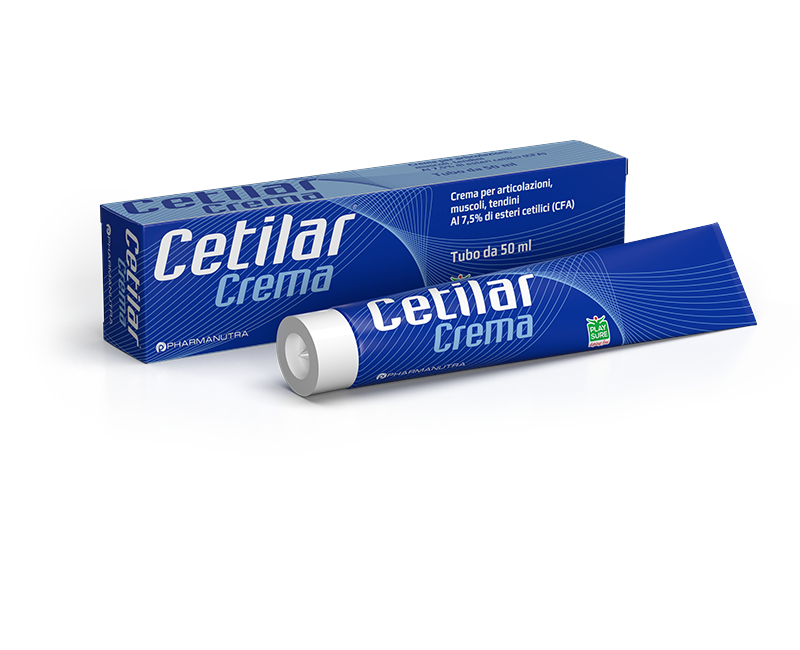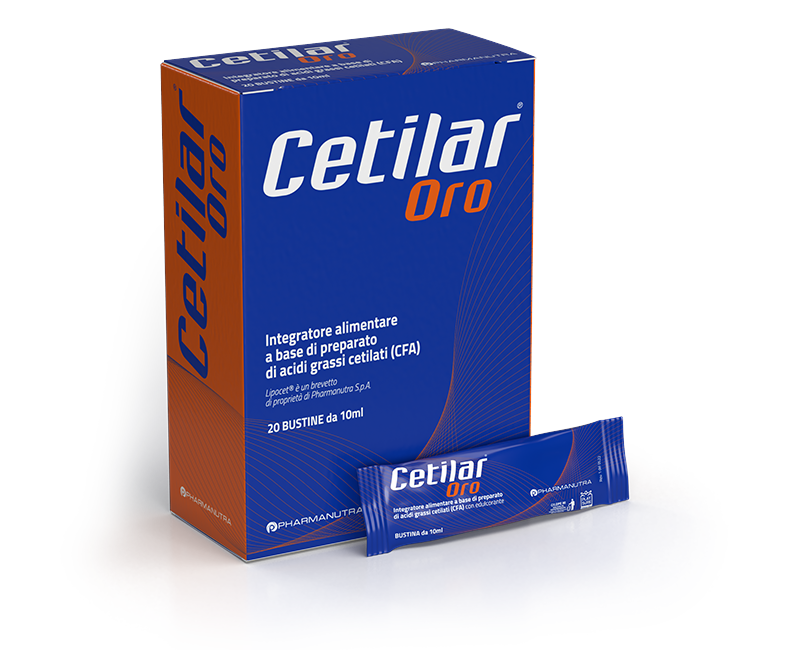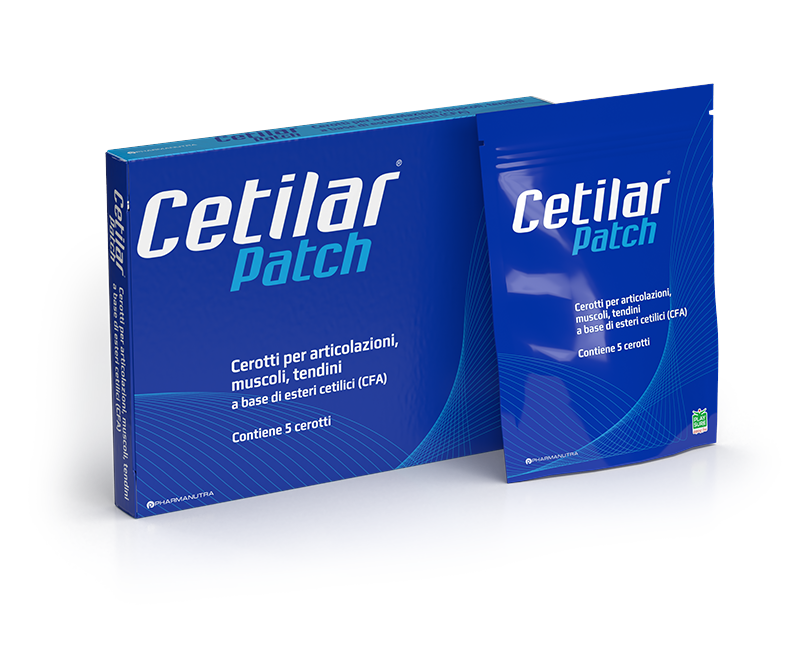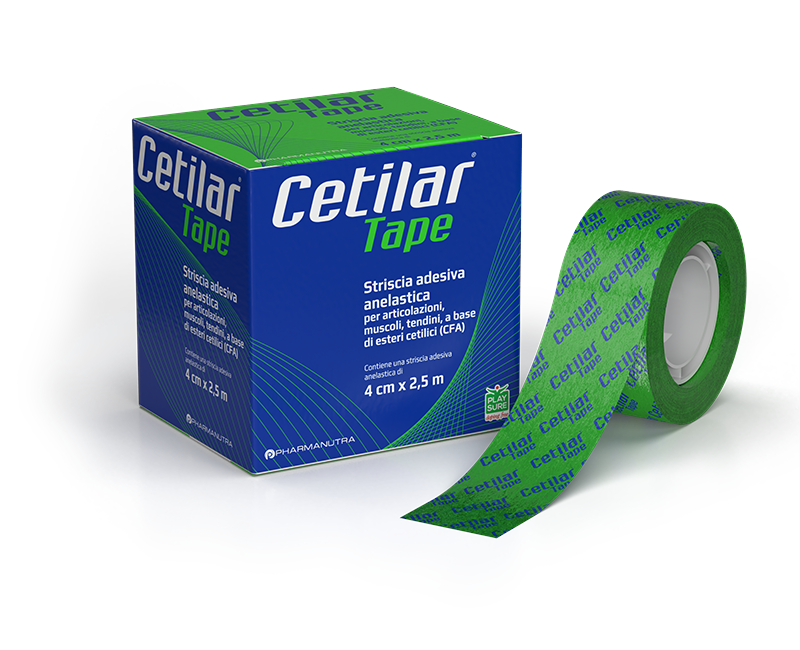Muscle contractures: how they are formed and how to treat them
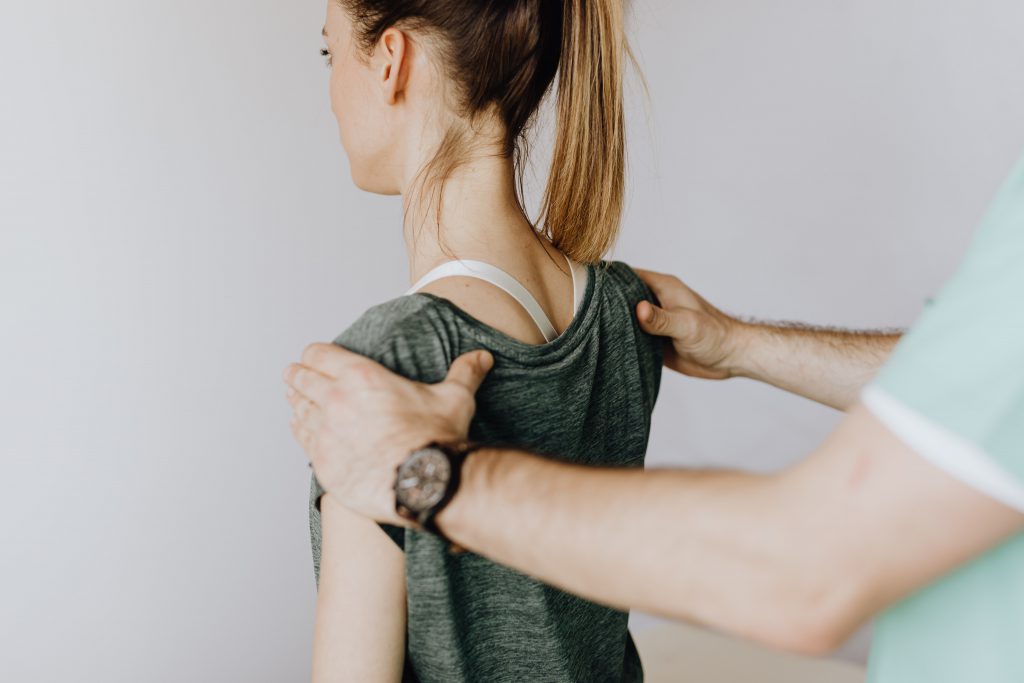
What is a muscle contracture? What muscles are most susceptible to contractures and what are the most effective remedies to treat them and relieve the pain? Some tips from our physiotherapists…
When we talk about muscle contractures, we often refer to a general unidentified pain, above all in the back or legs. In practice, a muscle contracture is an involuntary contracture or a painful spasm that persists over time. It may be in a precise point, often in the so-called “trigger points”, or over an entire muscle area.
The main symptoms of contractures are acute and localised pain during contraction of the muscle in question, accompanied by stiffness on touch and in some cases also associated with limited joint movement, for example difficulty in turning the neck.
Why do muscle contractures happen? The most common causes.
Muscle contractures are nothing more than a defensive reaction of the body, triggered when a muscle is put under stress beyond its capabilities, or to protect a painful and inflamed joint, limiting its movement. A contracture may form for numerous reasons, including: sudden, brusque movements, excessive stress during training or the lack of adequate warm-up and stretching phases. The most common causes also include postural problems, incorrect positions held over prolonged intervals (who hasn’t fallen asleep on the sofa for example?), surgery, but also emotional stress or overly sedentary lifestyle.
What areas of the body are most susceptible to muscle contractures?
- Neck contracture: the neck is perhaps the area where muscle contractures occur most frequently, above all due to stress and emotional tension that accumulates in this area. In more serious cases, if not treated promptly and adequately, they can lead to torticollis (stiff neck). The muscles most affected here are the Levator scapulae and the upper fascia of the trapezius, with painful symptoms above all during rotation movements.
- Contracture of the upper back: another area where contractures often occur is the muscular section between the scapulae (shoulder blades). In most cases, they are due to sudden and inadvertent movements (for example simply by a strong sneeze or repeated coughing!) or intense effort. The most affected muscles are the Rhomboids, the lower fascia of the trapezius, and the Latissimus dorsi. In this case, pain is exacerbated by rotation movements of the torso or by deep breathing.
- Contracture of the lumbar region: strong muscle contractures in this area cause what is commonly known as a “back strain”, in other words acute pain in the lumbar region with difficulty moving. The causes of this type of contracture may be lifting a heavy object from ground level, or an incorrect flexed posture held over a prolonged period of time. The most affected muscles are the quadratus lumborum, the paravertebral, and the Latissimus dorsi.
- Contracture of the shoulder: the shoulder is a very complex joint and is frequently the location of contractures, causing pain and limiting movement. It is usually caused by overload or postural dysfunctions. The most affected muscles are the upper fascia of the Trapezius, the Supraspinatus, the Infraspinatus, the Pectoralis minor, and the final section of the Latissimus dorsi.
- Contracture of the leg: the lower limb is often victim to muscle contractures, which, above all among sports men and women, are felt as sharp pains when training or playing matches. In some cases, they also form after surgery, for example after an operation on the Anterior Cruciate Ligament. The muscles most affected by these contractures are the Triceps Surae (calf), the Biceps Femoris, the Adductor muscles and the Quadriceps.
Remedies and treatments for muscle contractures
Treatment of contractures is normally simple with rapid recovery. However, above all in the case of sudden contractures in the lower limbs, it is essential to make a differential diagnosis in order to exclude a muscle sprain or tear which could worsen if treated in the same way as a simple contracture.
A contracture normally goes away by itself within maximum one week of rest from physical activity. To speed up recovery, the most useful remedies are heat and physiotherapy, such as relaxation massages and Tecar therapy. The use of medicinal products such as NSAIDS or muscle relaxants should only be applied in more serious cases and only on medical advice.
On the contrary chronic muscle contractures due to postural problems need a different approach. In these cases, for a permanent solution, a postural check-up is needed to identify the precise cause and plan the best treatment together with a posturologist, physiotherapist, osteopath or an adequately qualified personal trainer.
